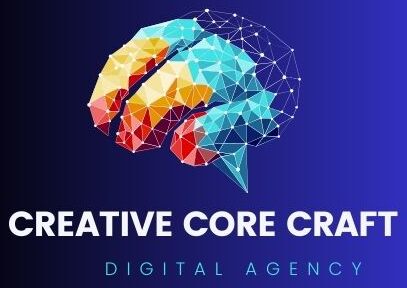Email marketing is a digital marketing strategy that involves sending targeted messages and promotional content to a list of subscribers via email. It’s one of the most effective ways to nurture leads, engage with customers, and drive conversions. Here are the key components of email marketing:
- Building an Email List: This involves collecting email addresses from website visitors, customers, and other contacts who have opted in to receive communications from your brand. Methods for building an email list include website sign-up forms, social media promotions, lead magnets (such as ebooks or whitepapers), and in-store sign-ups.
- Segmentation: Segmenting your email list based on demographics, behavior, interests, or purchase history allows you to send targeted and personalized content to different groups of subscribers. Segmentation helps improve relevance and engagement, leading to higher open rates and click-through rates.
- Creating Compelling Content: Crafting engaging and relevant content that resonates with your audience is essential for the success of email marketing campaigns. Content can include promotional offers, product updates, blog posts, newsletters, event invitations, and curated content. Personalization techniques such as using the subscriber’s name and dynamic content can enhance engagement.
- Email Design and Layout: Designing visually appealing and mobile-responsive email templates that reflect your brand identity and message is crucial for capturing the attention of subscribers. Pay attention to elements such as layout, colors, images, fonts, and call-to-action buttons to optimize readability and encourage clicks.
- Automation: Using email automation tools to set up automated email sequences based on triggers or subscriber actions. Automation allows you to send timely and relevant messages, such as welcome emails, abandoned cart reminders, birthday greetings, and re-engagement campaigns, without manual intervention.
- A/B Testing: Testing different elements of your email campaigns, such as subject lines, sender names, content, and send times, to identify what resonates best with your audience and improves performance metrics. A/B testing helps optimize email campaigns for better results over time.
- Analytics and Tracking: Monitoring email campaign performance metrics such as open rates, click-through rates, conversion rates, bounce rates, and unsubscribe rates to evaluate the effectiveness of your campaigns and identify areas for improvement. Analyzing data allows you to make data-driven decisions and refine your email marketing strategy for better results.
- Compliance and Best Practices: Adhering to email marketing best practices and regulations, such as obtaining consent for sending emails, providing clear unsubscribe options, and complying with anti-spam laws (such as CAN-SPAM in the United States and GDPR in Europe), is essential for maintaining trust and avoiding legal issues.
By implementing these key components effectively, email marketing can be a powerful tool for building relationships with your audience, driving traffic and sales, and achieving your business goals.
